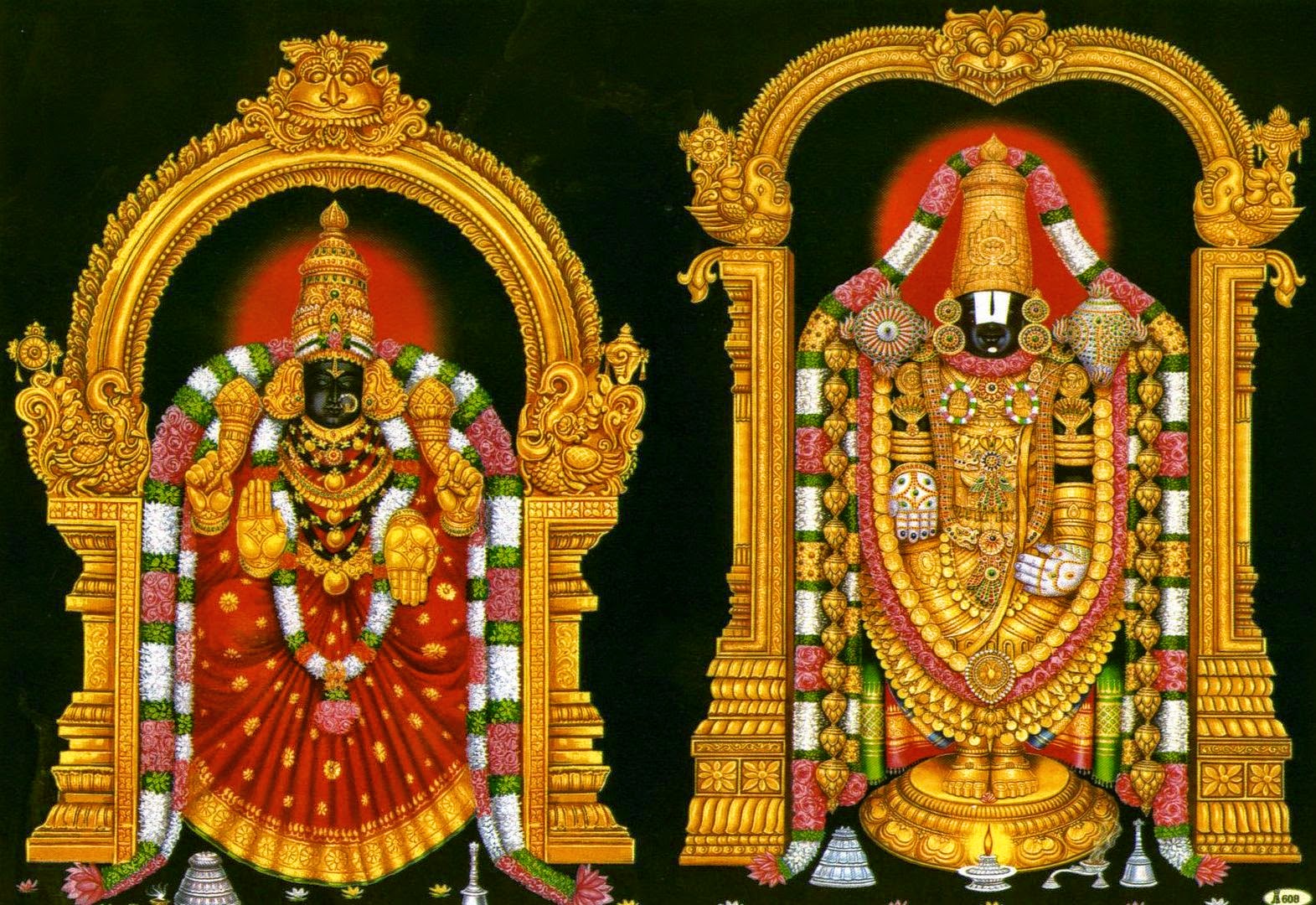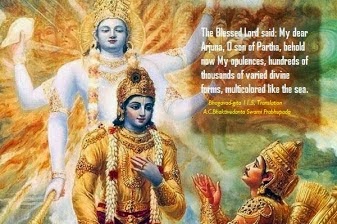The Spiritual Import of the Mahabharata and the Bhagavadgita : Ch-7. Part-5.
7: The Art of Meditation-5
And so, yoga being the attention on the Self, it means that all these so-called selves have to be put together in harmony, one with the other.
That is why great teachers of yoga, such as Patanjali, have instituted the methods of regulating our consciousness through all these layers of the self, beginning with the social self.
The yama and niyama of Patanjali’s yoga system are only the methods of organising the social self for the purpose of withdrawing it into the personal self, from which it has emanated as a ray, as it were.
From the personal self we go higher up, gradually into the universal Self by the technique of asanas, pranayama, pratyahara, dharana, dhyana, etc. The entire system of Patanjali’s Yoga Sutras is compressed into a few slokas in the sixth chapter of the Bhagavadgita.
Yogi yunjita satatam atmanam rahasi sthitah, ekaki yata-cittatma nirasir aparigrahah. In a secluded place one must seat oneself and concentrate one’s whole being. Yoga is the concentration of the totality of our being on the great objective of our lives.
What is this objective? It is the higher self. The higher self also has degrees; we cannot suddenly jump to the highest Self.
It is impossible to have even a conception of what the highest Self is. So we have various techniques of meditation wherein we are asked to regard a conceptual self as higher than our present self.
The devatas, the deities, the bhagavans of bhakti yoga, the various angels and the digdevatas, the guardians of cosmos, the various gods that we worship in the religions of the world, are all the higher selves, tentatively accepted as necessary objects of meditation, because we have to move from the present state of our self to the immediately succeeding higher self.
We cannot have the consciousness of what is beyond that.
Swami Krishnananda
To be continued ...





Comments